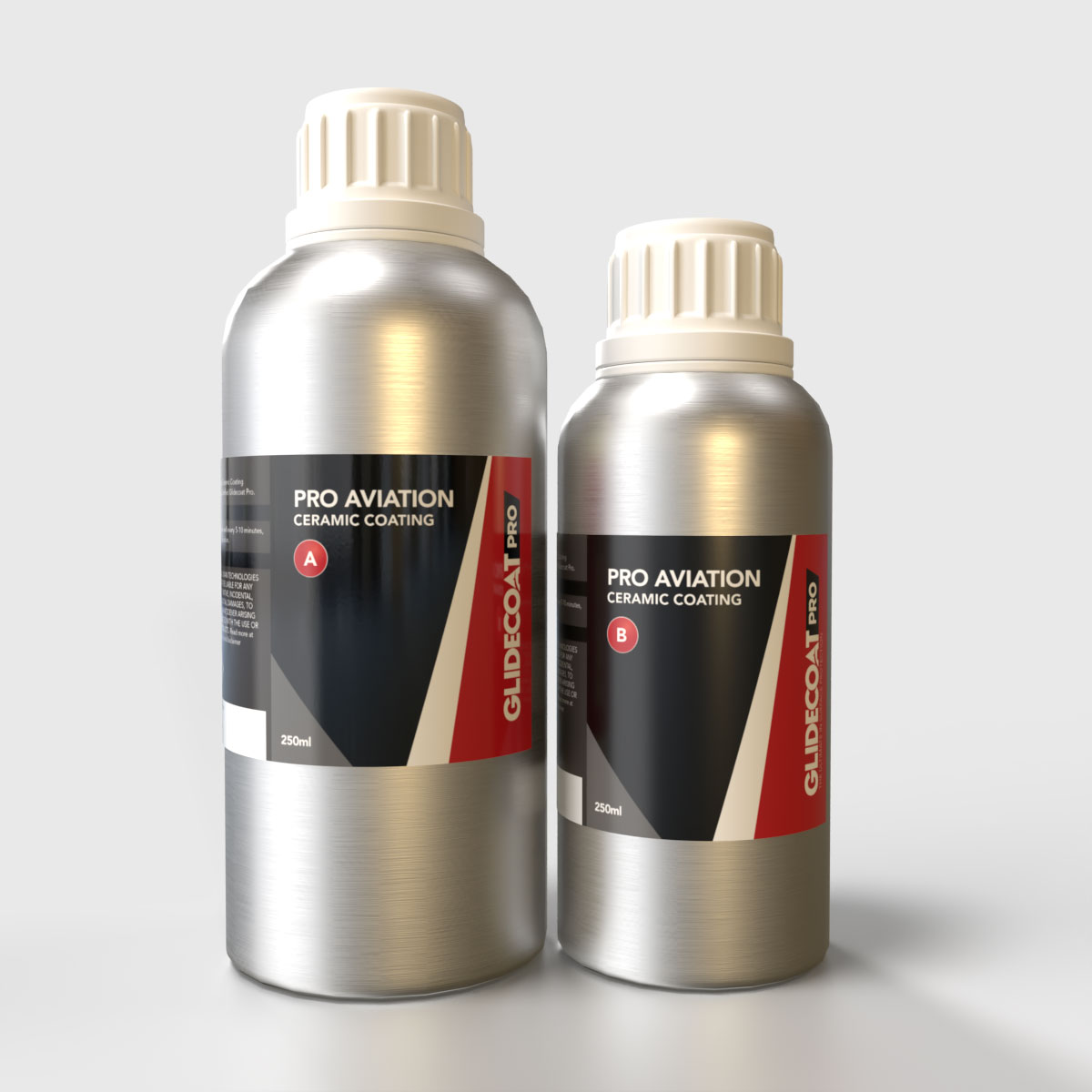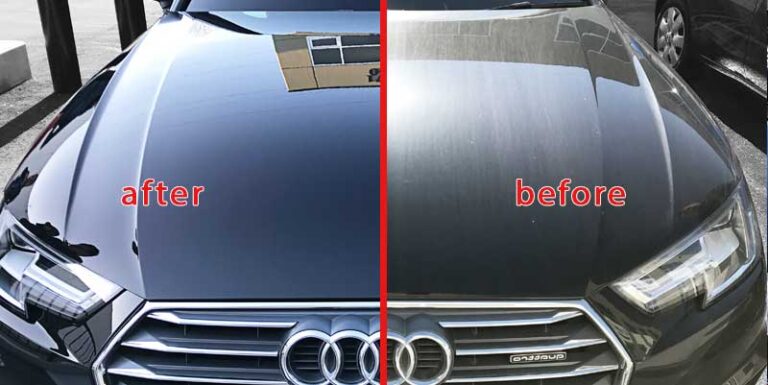How Ceramic Coating Philadelphia Keeps Your Lorry Looking New for Years
How Ceramic Coating Philadelphia Keeps Your Lorry Looking New for Years
Blog Article
Why Ceramic Layer Is the Ultimate Option for a Remarkable End Up
Ceramic finishing has emerged as a leading service for those seeking a remarkable coating for their automobiles, thanks to its exceptional sturdiness and protective functions. What variables absolutely established ceramic layer apart?
What Is Ceramic Finishing?

When applied appropriately, ceramic coating creates a hydrophobic surface that repels water and dirt, making it much easier to clean and maintain. Unlike typical waxes or sealants, which typically offer short-term protection, ceramic finishes can last for numerous years, relying on the item quality and application method. The process of using ceramic finish calls for thorough prep work, including extensive cleaning and in some cases repaint improvement, to ensure optimal bonding and effectiveness.
Ceramic finishes are not restricted to auto surface areas; they can additionally be made use of on numerous materials, consisting of glass, steel, and plastics, giving a flexible service for enhancing protection. In general, ceramic finish stands for a substantial improvement in surface security modern technology, combining both visual and practical benefits for a vast array of applications.
Advantages of Ceramic Layer
While several surface area defense choices exist, the advantages of ceramic finish stand out as a result of its distinct buildings and resilient efficiency. One of the primary benefits is its remarkable longevity. Ceramic Coating Philadelphia. Unlike standard wax or sealers that require constant reapplication, ceramic coverings give a durable layer that can last for numerous years, considerably lowering maintenance initiatives
Another notable benefit is boosted defense against environmental contaminants. Ceramic finishings develop a hydrophobic surface that repels water, dust, and numerous toxins, making it simpler to clean. This function not just preserves the car's appearance however additionally lessens the threat of deterioration and oxidation, specifically in harsh weather.
In addition, ceramic finishings provide remarkable resistance to UV rays, preventing fading and degradation of paint gradually. This UV defense is essential for keeping the visual value of surface areas and vehicles exposed to direct sunlight.
Additionally, the glossy finish attained with ceramic coating boosts the total visual allure, giving surface areas a showroom-quality luster. On the whole, ceramic coverings stand for a significant innovation in surface area protection technology, providing enduring benefits that accommodate both functional and aesthetic needs.
How It Functions
Comprehending the science behind ceramic layers discloses just how they provide such impressive security and longevity. At its core, a ceramic finishing is a liquid polymer that chemically bonds with the vehicle's factory paint. This bonding develops a safety layer that is both oleophobic and hydrophobic, repelling water, dust, and oil. The key element of the majority of ceramic layers is silicon dioxide (SiO2), which is derived from quartz. This substance adds to the finishing's hardness and resistance to scratches, UV rays, and ecological impurities.
The application procedure involves multiple actions, including surface prep work, which is critical to accomplishing ideal adhesion. As soon as used, the covering undertakes a curing process, during which it sets and develops a semi-permanent bond with the paint surface area. This bond is what differentiates ceramic coverings from conventional waxes and sealants, supplying a longer-lasting safety barrier that can withstand for many years.
In addition, the density of Full Report the coating can boost its protective qualities, ensuring that it can endure rough conditions. Eventually, the science of ceramic coverings incorporates advanced materials with innovative application techniques to supply an unmatched degree of defense and visual improvement for lorries.
Comparison With Conventional Approaches
When contrasted to typical paint security methods such as waxes and sealers,The advantages of ceramic layers come to be especially evident. While waxes use a momentary sparkle, typically lasting a couple of weeks to a couple of months, ceramic coatings offer a long-lasting safety layer that can withstand for several years. This sturdiness significantly decreases the regularity of reapplication, making ceramic finishings a much more economical service gradually.
In addition, standard approaches usually call for comprehensive preparation and several applications to achieve a satisfactory level of security. On the other hand, ceramic coatings bond at a molecular level with the automobile's surface area, producing a durable guard versus ecological pollutants like UV rays, acid rain, and road salts. This bond improves the lorry's resistance to scratches and swirl marks, which prevail with standard waxes and sealants.
In addition, the hydrophobic residential or commercial properties of ceramic finishings fend off water and dust, resulting in much easier cleansing and upkeep. On the other hand, wax and sealant-treated surface areas can draw in gunk, requiring even more frequent cleaning - Ceramic Coating Philadelphia. Generally, ceramic layers not just supply exceptional security yet also deliver a much more long-lasting and aesthetically enticing coating, developing them as the favored choice for critical car owners
Application and Upkeep Tips

Making use of a foam applicator, apply the covering in small areas, following the supplier's standards relating to thickness and overlap. Enable enough treating time between layers, commonly 24-hour, to make sure appropriate bonding. After application, it is crucial to stay clear of exposure to water or rough elements for at the very least a week to permit the coating to fully treat.
For upkeep, wash the car routinely with pH-balanced soaps and prevent rough products. Touchless cars and truck cleans are advised to lessen scraping. Furthermore, utilizing a ceramic maintenance spray can improve the finishing's hydrophobic buildings and durability. Normal inspections for any type of indications of wear will certainly aid keep the coating's honesty and preserve that beautiful surface.
Verdict
In final thought, ceramic finish emerges as a premium alternative for attaining a remarkable vehicle surface. By forming a robust bond with manufacturing facility paint, ceramic finish successfully shields versus scratches, UV rays, and environmental contaminants.

Report this page